Tag: Zwift
-

Day Twenty-Two of ORCA in Switzerland – The Company of Cats
Reading Time: 3 minutesToday during my walk this afternoon I surprised a cat on some stairs and I moved patiently. It brushed up against me so I started to stroke it. During this pandemic the only living things I have had physical contact with are cats. During a pandemic, if you’re not living with people,…
-
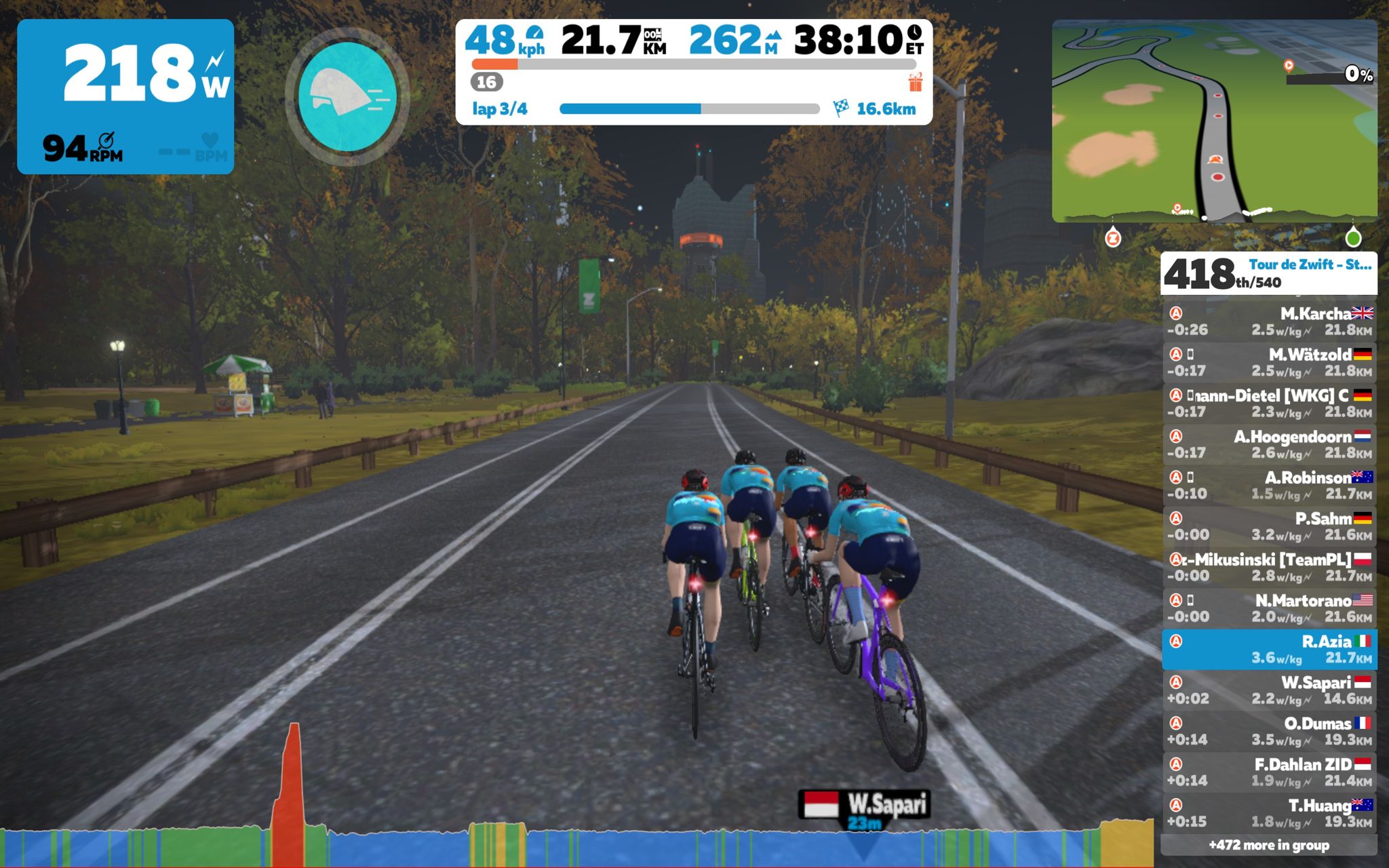
Tour de Zwift 2019 complete
Reading Time: 3 minutesThis morning I completed Stage 9 of the Tour de Zwift. I have now finished the challenge. In the process I went from riding on the shorter events during the first stages to taking the long options for at least the last two stages. A slow start before ramping up. I don’t…
-
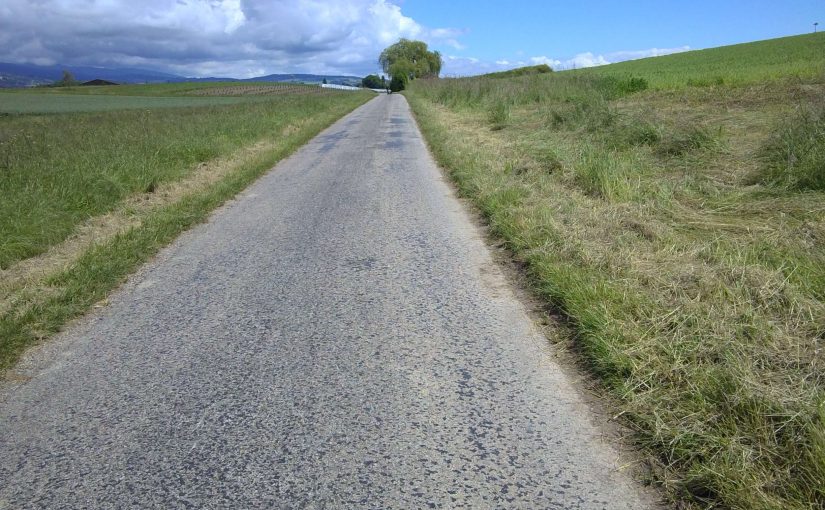
How to use an Activity Tracker when Cycling
Reading Time: 2 minutesActivity trackers are designed for walking, running, canoeing and activities where you move your arms. Cycling is not one of those sports. Unless you’re cycling on a specialist bike that has handles you’ll be using your legs and your upper body will move very little. I have a workaround. My workaround is…
-
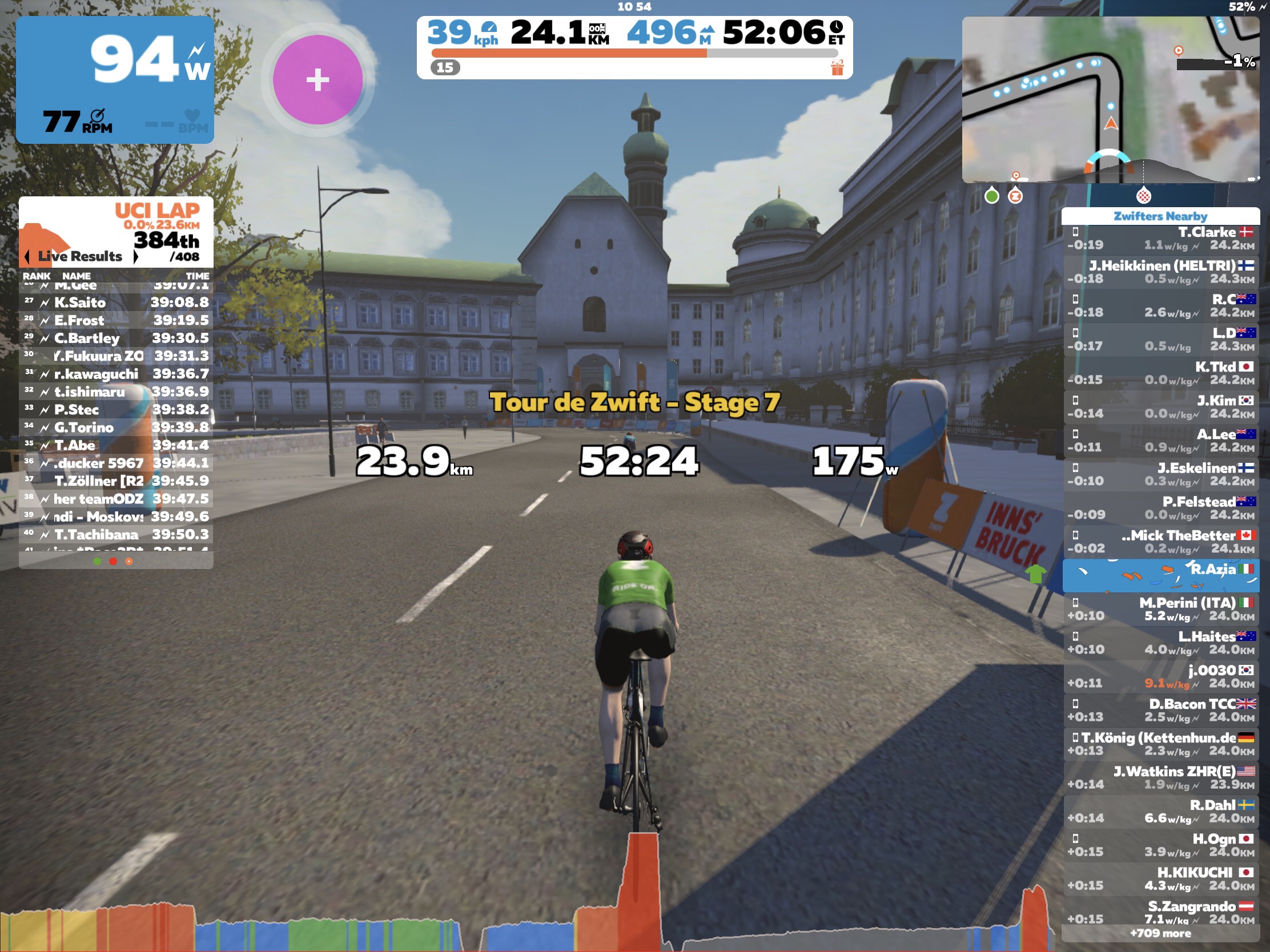
Sprinting Towards A Maillot Vert
Reading Time: 3 minutesThe Seventh stage of the Tour De Zwift was Innsbruck, a course that some people can do in about 388 minutes. It takes me around 54 minutes. As I have not ridden this course frequently enough I decided to try to keep up with others and that meant a 20 minute best…
-
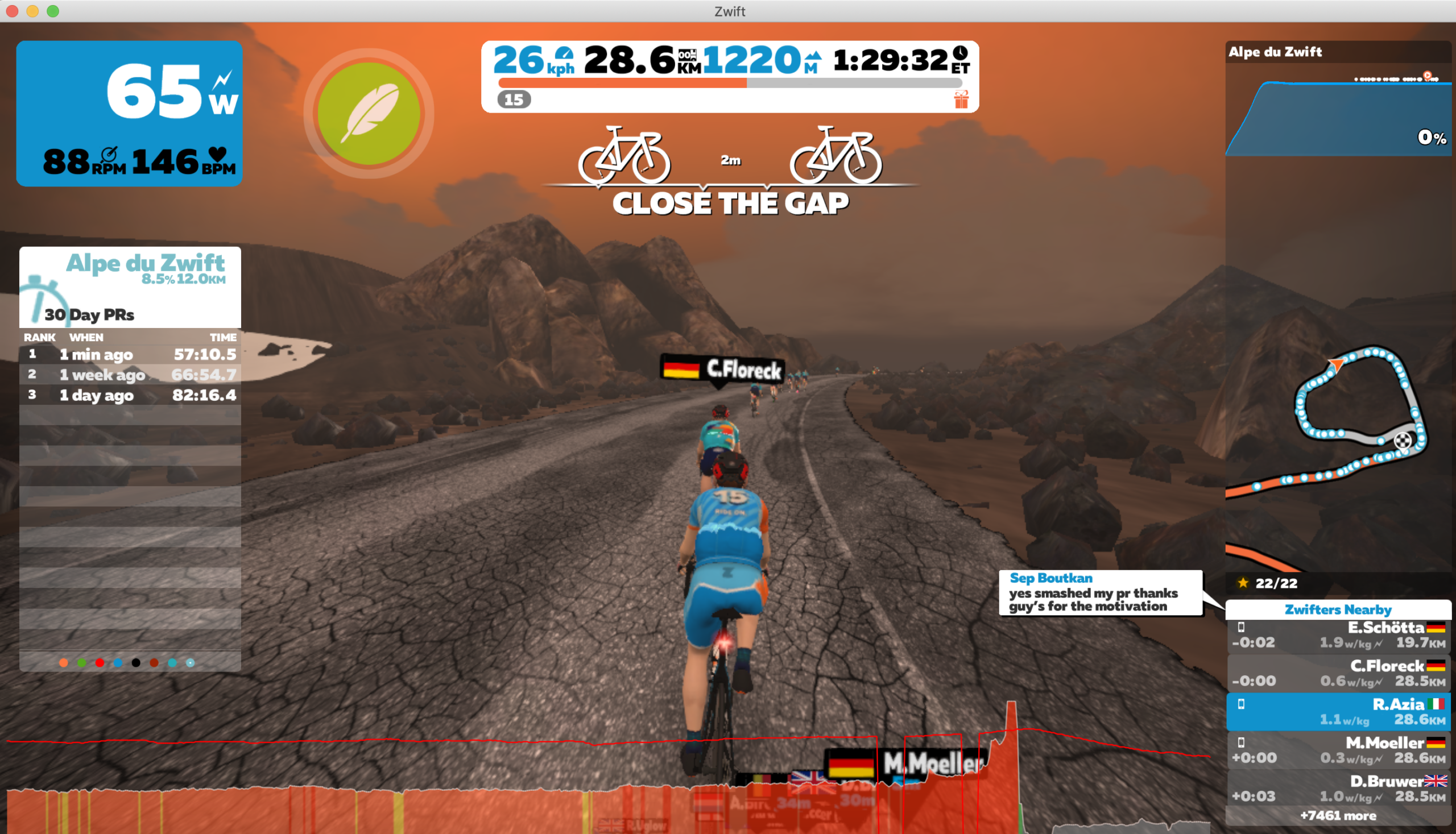
Alpe De Zwift in 57 Minutes And 10 Seconds.
Reading Time: 3 minutesI have ascended the Alpe de Zwift 5 times since i started using Zwift. My first climb took about one and a half hours, and then about one hour and sixteen minutes and finally just 57 minutes. I managed to get down to 57 minutes because I participated in Stage 6 of…
-
Tour de Zwift – Over Half Way Through
Reading Time: < 1 minuteThe 2019 Tour de Zwift event is a 9 event cycling event on Zwift. it takes you on nine different routes across five worlds with hundreds, and in some case more than 2000 participants at a time. Zwift Tour description “…the Tour is a celebration of Zwift and the worlds within.…
-
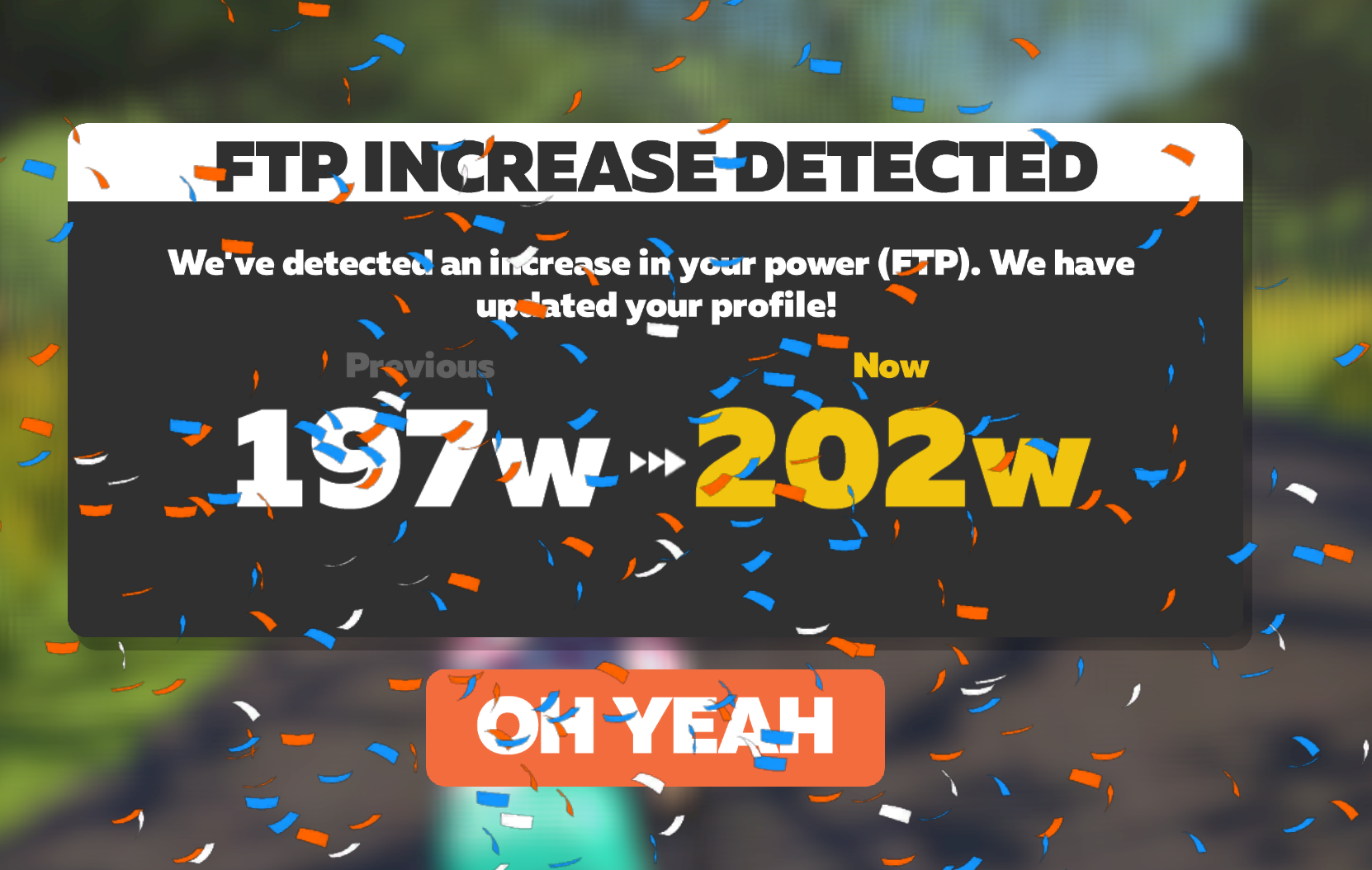
A two Jersey cycling event and then too tired to climb.
Reading Time: 2 minutesYesterday I had a morning ride because I wanted to participate in the Tour de Zwift event. Yesterday the track was London and I was riding slowly for the first half, conserving energy. Eventually, when I got warmed up I started to ride harder and harder until I was overtaking quite a…
-

The Zwift Everest Challenge
Reading Time: 3 minutesThis summer I climbed over 8848 metres in a single month and now I have just completed the Zwift Everest challenge as well. This challenge, on Zwift, is much easier than in the real world because you are not carrying water, the weight of your bike, dealing with keeping yourself balanced on…

